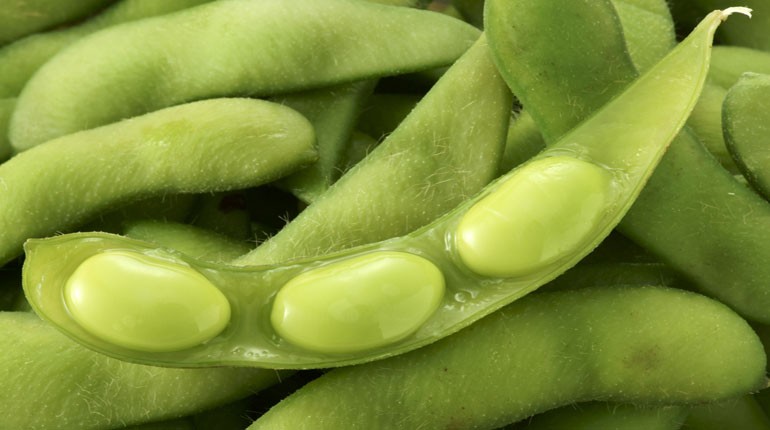
Soy. To eat or not to eat.
You often ask about soy products. Do I think they are healthy, and why i am not recommending them in my recipes?
It is difficult to answer whether they are harmful to health, because a lot of controversy arose around them. You can find articles about the benefits and harmfulness of using soy almost everywhere. Opinions are divided, soy has many fans and opponents. I will cite the results of the research discussed at the University of Edinburgh.
Opponents of soy are saying that:
- The presence of phytoestrogens disturbs the hormonal balance. It is noted that animals fed with plants containing their high concentration, become infertile, often are unable to carry pregnancy, and fetuses have malformations. Women suffering from severe menstrual pain, endometriosis and uterine bleeding also notice that the discomfort is less painful and they feel much better after excluding soy products.
- Studies have shown that soy consumption lengthens the menstrual cycle by an average of one day and reduces the levels of LH and FSH hormones responsible for maintaining fertility and increases the risk of fibroids (myomas) developing in adulthood.
- Men who regularly consume soy products have an average of 40 million sperm per milliliter less than non-soy consuming men. This does not mean infertility, but it can make procreation more difficult.
- A study of rats and laboratory mice indicates that soy consumption can activate genes that cause cancer cells to multiply. Subsequent studies conducted on female rats showed that the level of libido and sexual receptivity decreased significantly. Of course, we are not 100% sure how the human body would behave, but it should be emphasized that the animals accepted the supplementation of soy similar to that contained in the blood of a man consuming moderate amounts of soy.
Proponents are of the opinion that soy products have the following properties:
- soy contains isoflavones, which reduce vaginal dryness and hot flushes, and only excessive use of it is dangerous to health, because it causes hyperplasia of the uterine lining.
Soy has a different effect on the body, depending on the quantity consumed and age of the person. The presence of soy products in the child’s diet leads to irreversible effects. Adults, on the other hand, can offset its effects only by limiting its intake.
There were also many opinions on the impact of infant consumption of modified milk made from soy. The results of the research lacked clear side effects, but their lack does not mean that the product is safe. The ”pros” argument is that the Asian population has been eating soy for many centuries and there have been no negative effects. However, it should be considered that the consumption of soy in Asia is significantly different from its consumption in Europe. In Asia, it is consumed throughout life, but isoflavones do not go into breast milk, so newborns do not have contact with them. However, feeding newborns with modified milk provides a lot of isoflavones to the blood, and then significantly reduce this amount. Thus, their consumption by an Asian or vegetarian can reach up to 100 mg per day, and in an adult inhabitant of Europe from 1 mg to 3 mg per day, and a child fed with modified milk up to 7 times more than an Asian citizen. In addition, if we look at the level of individual soy isoflavones in the child’s blood it can be higher than the level of its own natural estrogen and even natural estrogens in a pregnant woman. The mother’s milk contains 200 times the lower concentration of isoflavones. Vegetarian diet leads to a significant increase, which can disrupt the hormonal balance.
The above information confirms my belief that soy is not a healthy product and it is worth considering and reviewing research before we introduce this product into our diet.
Source:
1. Braden A, Hart N & Lamberton J (1967). Oestrogenic activity and metabolism of certain isoflavones in sheep. Aust J Agric Res 18, 348–355
2. Adams NR (1995). Detection of the effects of phytoestrogens on sheep and cattle. J Anim Sci 73, 1509–1515
3. Chandrareddy A, Muneyyirci-Delale O, McFarlane SI et al. (2008)










Comments No Comments
Join the discussion…